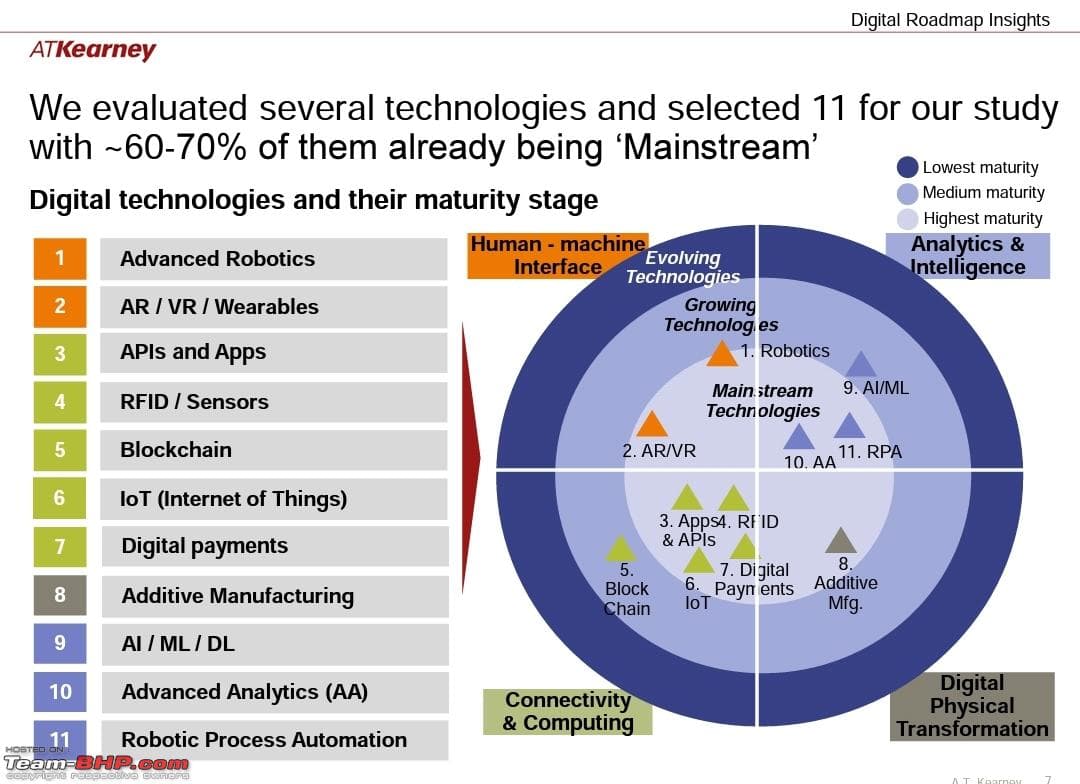India's Automotive Industry Rises to 3rd Largest Globally, Dispelling Outdated 'Snake Charmer' Stereotypes

A recent tweet from HackerNoon highlighted India's significant transformation, particularly for its younger generations, stating, > "For millennials, Gen Z and Gen Alpha, India of the very recent past may as well have been the proverbial land of snake charmers." This comment underscores the dramatic shift in the nation's global image, moving beyond historical stereotypes to embrace its modern industrial prowess, especially within the automotive sector. The tweet linked to a HackerNoon article titled "Pre-Liberalization Cars in India: A Love Affair," which delves into this very evolution.
The "land of snake charmers" has long been an outdated and often demeaning stereotype associated with India, particularly in Western perceptions. This imagery, rooted in colonial narratives, presented India as exotic and mystical, overshadowing its rich cultural diversity and burgeoning industrial capabilities. However, for those born in the late 20th and early 21st centuries, this perception bears little resemblance to the dynamic, technologically advanced nation they inhabit.
Before the economic liberalization of 1991, India's automotive landscape was largely restricted, characterized by limited choices and slow growth. The market was dominated by a few domestic manufacturers, with models like the Hindustan Ambassador and Premier Padmini being ubiquitous. Foreign investment was minimal, and consumers faced long waiting periods for vehicles, reflecting a tightly controlled economy.
The pivotal economic reforms initiated in 1991 opened India's doors to foreign investment and technology, profoundly transforming the automotive industry. Multinational companies like Suzuki, Hyundai, and Toyota entered the market, introducing modern manufacturing techniques and a wider array of vehicles. This influx spurred competition, enhanced quality, and significantly boosted production, fundamentally reshaping consumer choices and market dynamics.
Today, India stands as the world's third-largest automotive manufacturer by annual production, a testament to its rapid industrial growth and economic liberalization. This robust sector, contributing significantly to the nation's GDP and employment, reflects a modern India that is a global economic force. For millennials, Gen Z, and Gen Alpha, this reality of advanced manufacturing and diverse vehicle options is their lived experience, making the "snake charmer" image an anachronism.
Beyond the automotive sector, India has made strides in various industries, including information technology, pharmaceuticals, and space exploration. This comprehensive economic and technological advancement has solidified India's position on the world stage, ensuring that its identity is increasingly defined by innovation and progress rather than archaic caricatures.